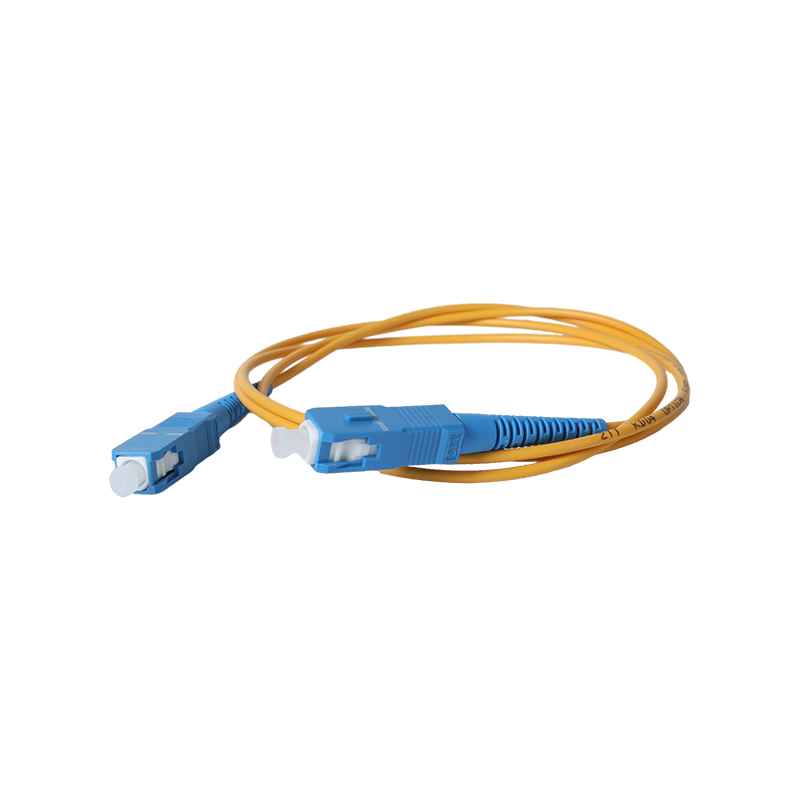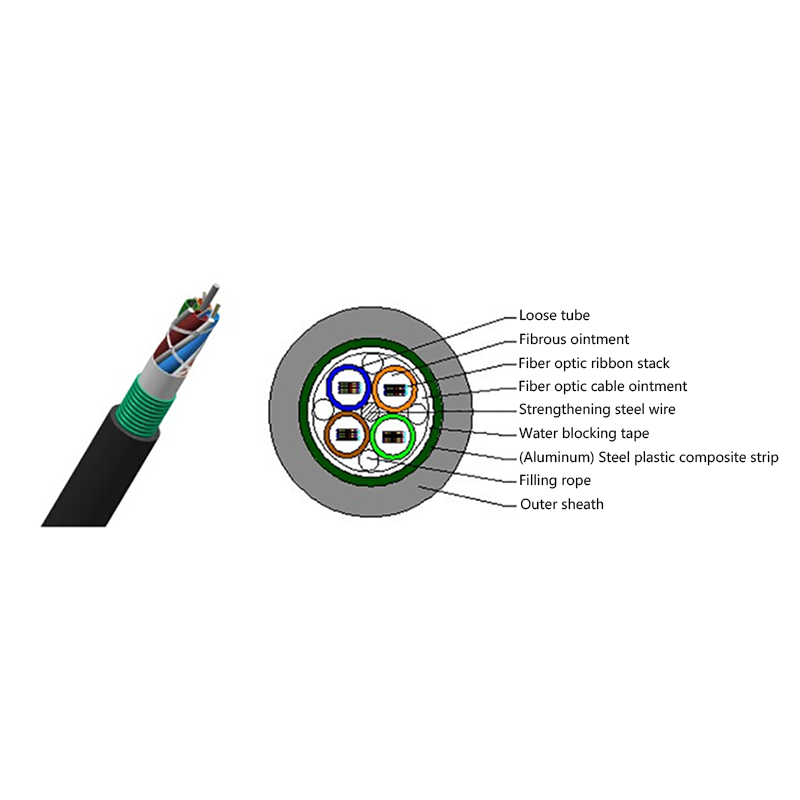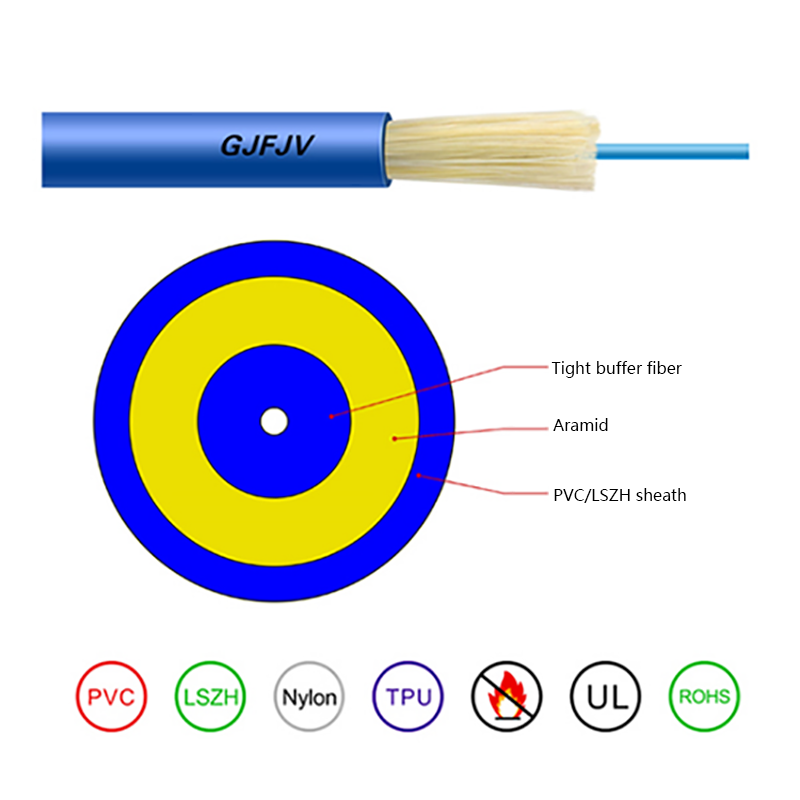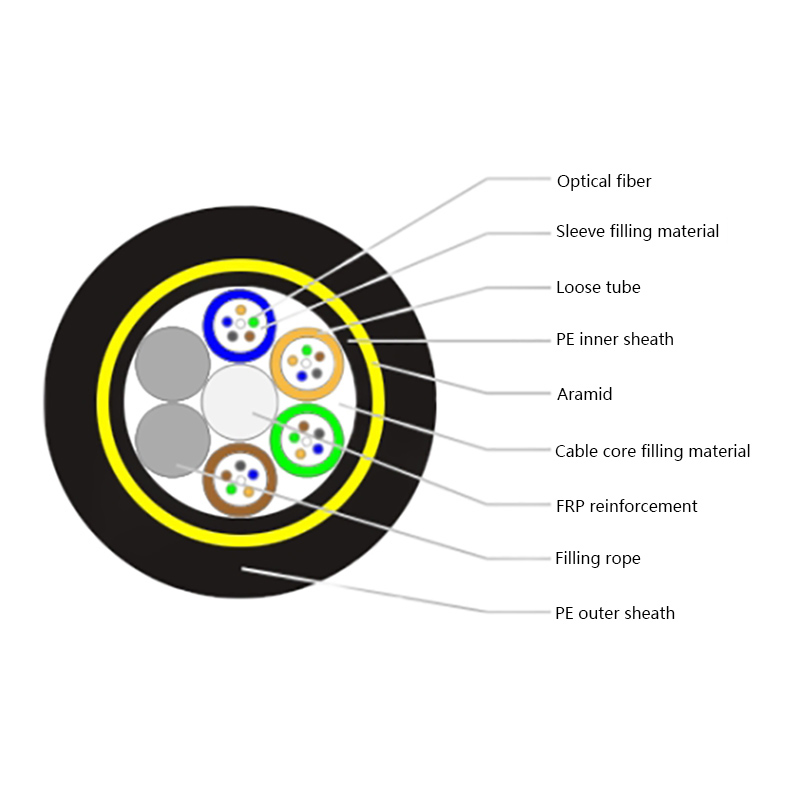Optical Ground Wire: An Innovative Solution for Power Transmission and Communication
Optical Ground Wire (OPGW), short for Optical Fiber Composite Overhead Ground Wire, is a novel type of cable used in high - voltage transmission systems. It combines the functions of traditional overhead ground wires and communication optical cables, playing a crucial role in modern power systems.
Structure of OPGW
Optical Fibers: The core part of OPGW, which are responsible for high - speed and low - loss data transmission. They are usually single - mode fibers, enabling long - distance transmission with minimal signal loss.
Fiber Filling Compound: Fills the space around the optical fibers to prevent water ingress and cushion the fibers from vibrations and mechanical forces.
Aluminum - clad Steel or Aluminum Alloy Wires: Surround the optical fibers. They provide lightweight, corrosion - resistant reinforcement with high tensile strength, and also ensure effective grounding and lightning protection.
Protective Layers: The outermost part of OPGW, which shield the fibers from environmental and mechanical damage.
Features of OPGW
Dual Functionality: It acts as both a ground wire and a communication cable, reducing infrastructure costs by combining the two functions into one cable.
High Reliability: Resistant to lightning strikes and short - circuit currents, minimizing communication failures. It can also withstand harsh environmental conditions, offering a service life of 25 - 30 years.
Large Fiber Capacity: Accommodates multiple optical fibers, meeting the demands of modern communication networks for high - speed and large - volume data transmission.
Excellent Electrical and Mechanical Properties: With high tensile strength, it can endure high mechanical stresses from wind and ice loads. The aluminum - clad steel or aluminum alloy wires ensure good electrical conductivity for effective grounding.
Advantages of OPGW
Lightning Protection: Functions as a traditional ground wire, providing a short - circuit grounding path and safeguarding the power line from lightning strikes.
Stable Communication: Offers high - quality data transmission with minimal signal loss and is resistant to electromagnetic interference, ensuring reliable communication even in the vicinity of high - voltage transmission lines.
Low Maintenance: The robust construction ensures long - term performance with minimal upkeep, reducing the overall maintenance costs.
Anti - theft Design: Difficult to steal or vandalize due to its overhead installation, enhancing the security of the communication system.

Applications of OPGW
Power Transmission Lines: Widely used in power transmission lines of various voltage levels, such as 500 kV, 220 kV, and 110 kV, to realize the integration of power transmission and communication.
SCADA Networks: Plays a vital role in Supervisory Control and Data Acquisition systems, enabling real - time monitoring and control of power grid operations.
Voice, Video, and Data Transmission: Ensures seamless communication in power grids, meeting the needs of various types of data transmission.
Renewable Energy Systems: Used in monitoring and controlling wind and solar power facilities, facilitating the integration of renewable energy into the power grid.
Installation and Maintenance of OPGW
Installation: Installation of OPGW requires careful planning. Since it is impractical to splice an OPGW cable in mid - span, the lengths of cable purchased must be coordinated with the spans between towers. Weatherproof splice boxes are installed on towers to join fibers between lengths and to transition from the OPGW to an outside plant fiber - only cable.
Maintenance: Regular inspections are necessary, including visual inspections by line personnel and special - case handling. Fiber cores are periodically tested for performance, and temperature monitoring is conducted at substation grounding points. Real - time OTDR monitoring and drone inspections are also used to ensure the proper operation of OPGW.
Conclusion
OPGW provides a reliable, efficient, and cost - effective solution for power transmission and communication. Its unique combination of grounding and communication functions makes it an ideal choice for modern power grids. With the continuous development of power systems and the increasing demand for communication, OPGW will play an increasingly important role in the future.



 English
English русский
русский Español
Español عربى
عربى 中文简体
中文简体



















